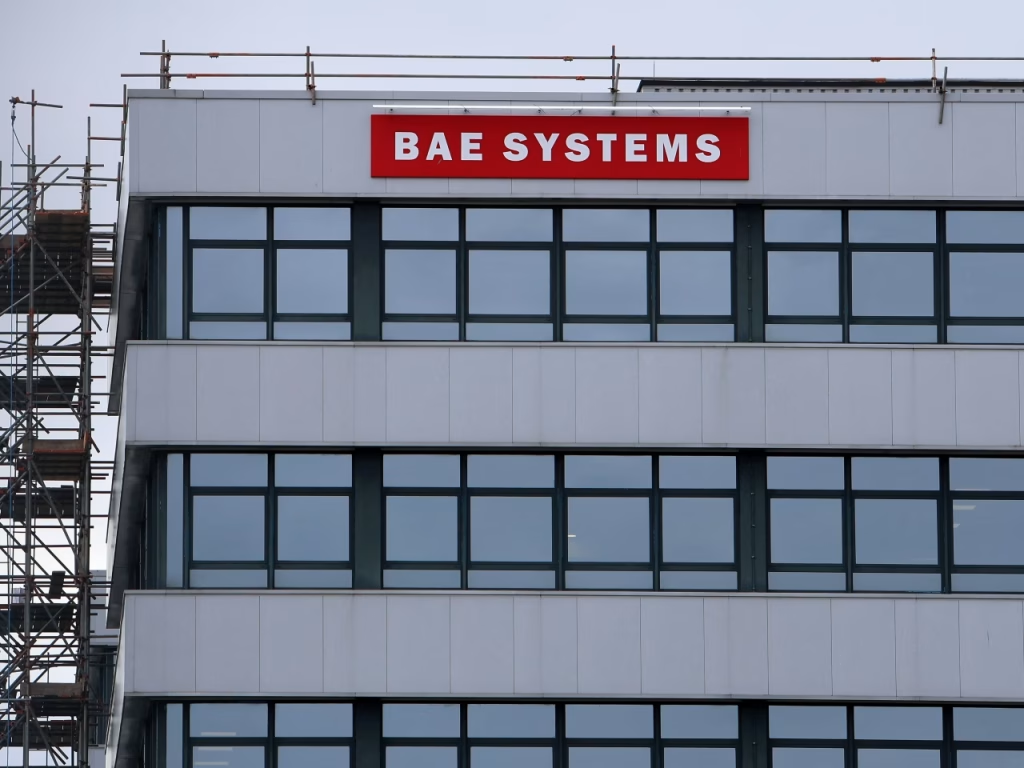BAE Systems Earnings Forecast Surges Amid Rising Orders
Britain’s BAE Systems earnings forecast for 2025 has been upgraded following a strong first half, driven by soaring global defense spending and major new contracts. The company now expects underlying earnings (EBIT) to grow 9%–11%, exceeding its earlier estimate of 8%–10%, after posting a 13% rise in first-half earnings to £1.55 billion ($2.07 billion).
The revised outlook reflects increased NATO defense budgets, a consequence of heightened security threats since the Ukraine war and U.S. calls for European nations to boost military self-sufficiency. BAE Systems, a leading producer of combat vehicles, submarines, drones, and advanced weapons systems, is experiencing a surge in global demand.

Key Drivers of Growth
Space-Based Missile Tracking Boosts BAE Systems Earnings Forecast
A major factor behind the upgraded BAE Systems earnings forecast is a U.S. contract to develop space-based missile tracking capabilities, a core component of the upcoming Golden Dome defense shield. This high-value program is expected to generate additional contracts as the U.S. accelerates its investment in missile defense.
Furthermore, BAE’s role in the Global Combat Air Programme (GCAP)—a trilateral initiative with Italy and Japan to develop a sixth-generation fighter jet—strengthens its long-term growth prospects in combat aviation.
Eurofighter Typhoon and Middle East Orders on the Horizon
Despite a brief 2% dip in share price, BAE stock has soared 60% year-to-date, outperforming London’s FTSE index. Analysts predict a wave of future orders:
- Eurofighter Typhoon jets for Türkiye, following a UK-Türkiye agreement signed earlier this month.
- Additional contracts from Saudi Arabia and Qatar, where defense budgets are expanding amid regional tensions.
CEO Charles Woodburn highlighted robust international interest in BAE products but refrained from giving timelines for final contract awards. Speculation also surrounds future trainer jet projects involving Boeing and Saab, signaling potential collaborations in military aviation training platforms.
Strategic Implications for the Global Defense Industry
BAE Systems earnings forecast upgrade underscores a shifting global defense landscape, where threat-driven procurement programs are rapidly expanding. NATO members are channeling billions into air superiority, missile tracking, and integrated air defense systems to deter evolving threats from Russia and other state actors.
“BAE’s order pipeline shows that sustained investment in next-gen defense technologies is becoming a non-negotiable priority for NATO allies,” a senior defense analyst noted.
This trend aligns with NATO’s target of 2% of GDP defense spending, creating long-term growth opportunities for BAE and other prime contractors across Europe and the Middle East.











